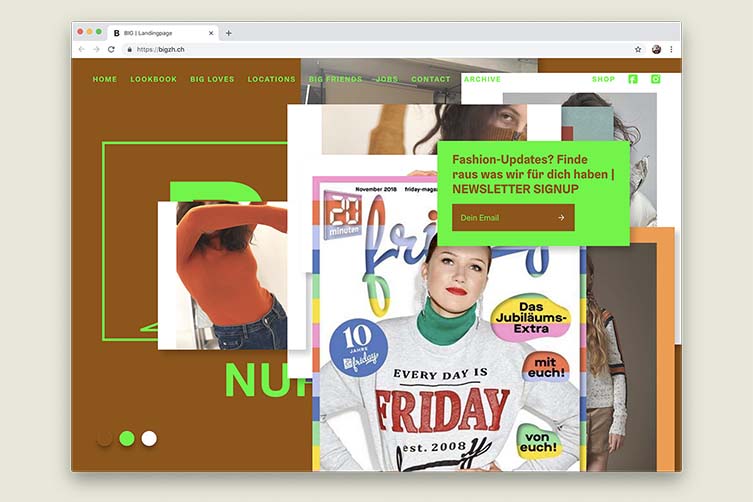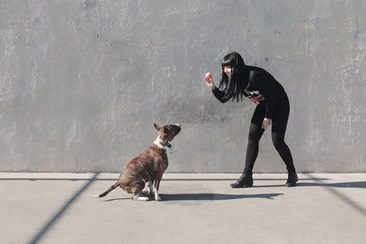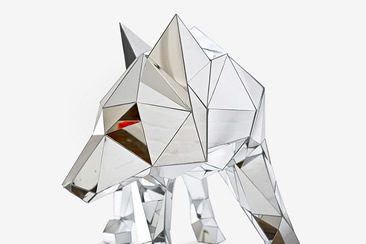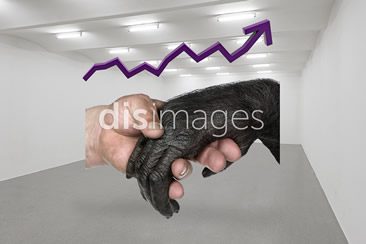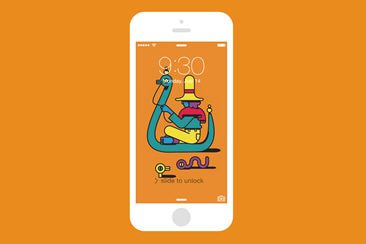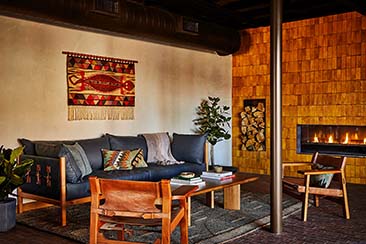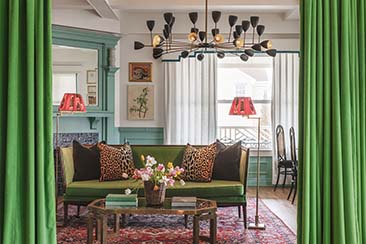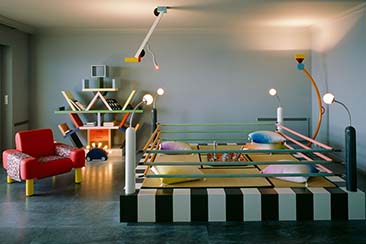Websites have grown bland in the contemporary digital age. Template-driven and generic, homogenised by the frameworks of big-name content management systems. The internet is a place of dry technicality; portals seeking to convey information or to market a product to a specific audience, often afraid to break out of the norm.
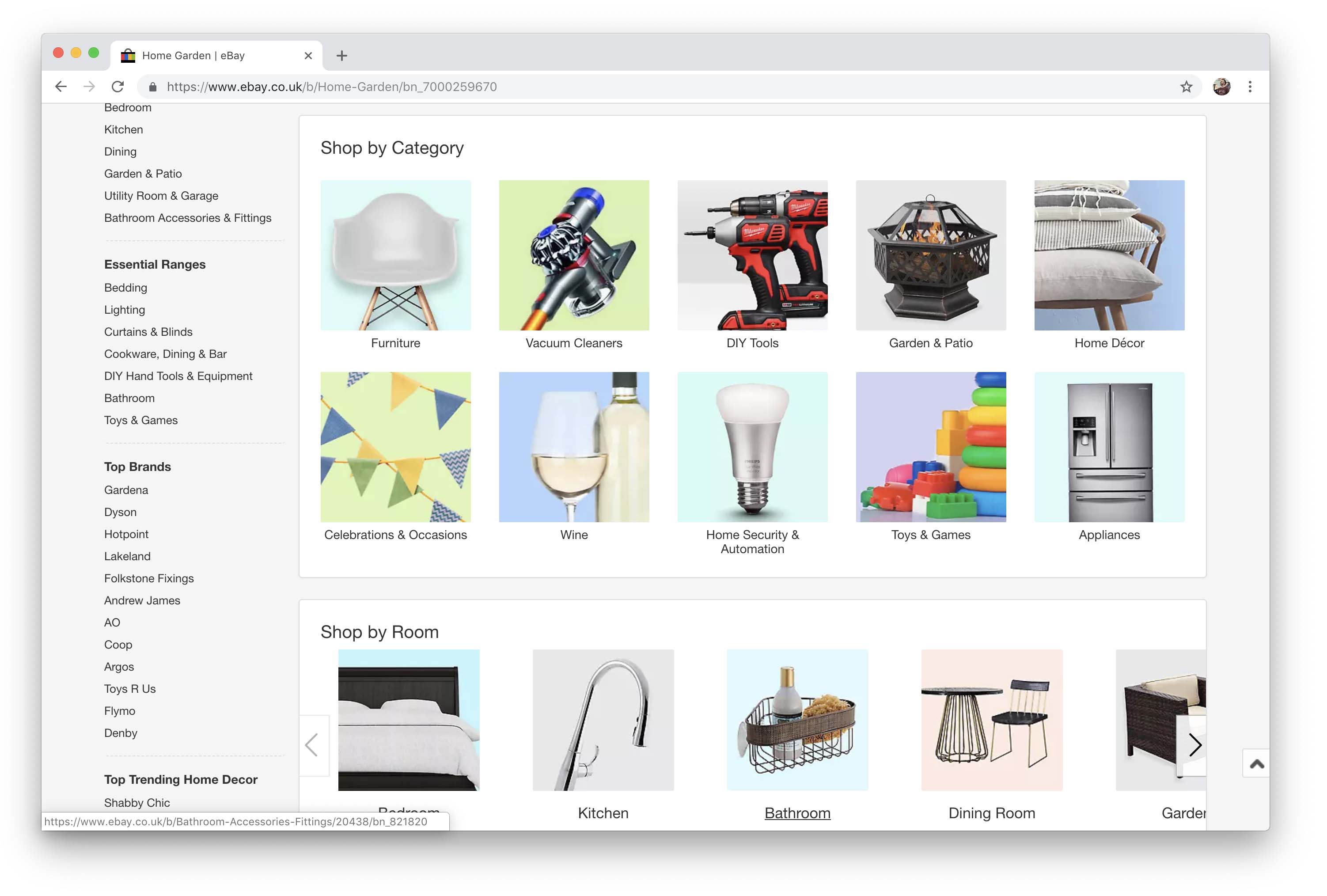
The utilitarian approach of eBay.
Mammoth marketplaces such as Amazon and eBay are utilitarian in their layout and design, and countless smaller brands follow suit. Perhaps blinded by the success of those giants, maybe fearful of confusing potential customers. However, we must also keep in mind that computing technology and processing power has still been in relative infancy—something that has forced designers to adopt a ‘bare bones’ approach, simply so that the pages would not an age to load.
The advent of 4G wireless connectivity, processors associated with light-speed calculations, and network providers dishing out generous data packages has to some extent served to lift these previous constraints. Slowly, but surely, we are beginning to witness websites which mirror works of art.
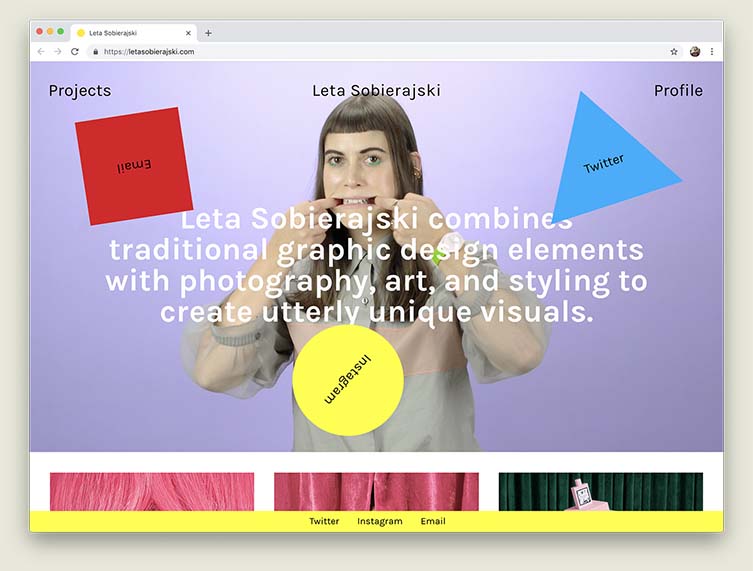
letasobierajski.com
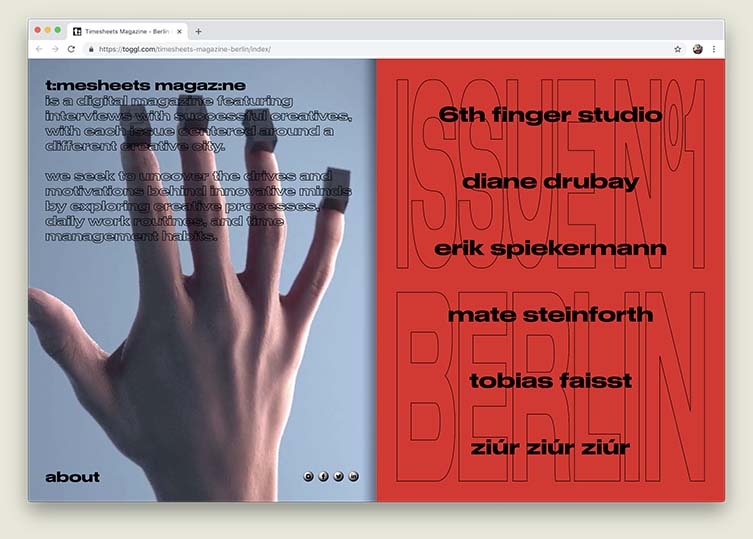
toggl.com
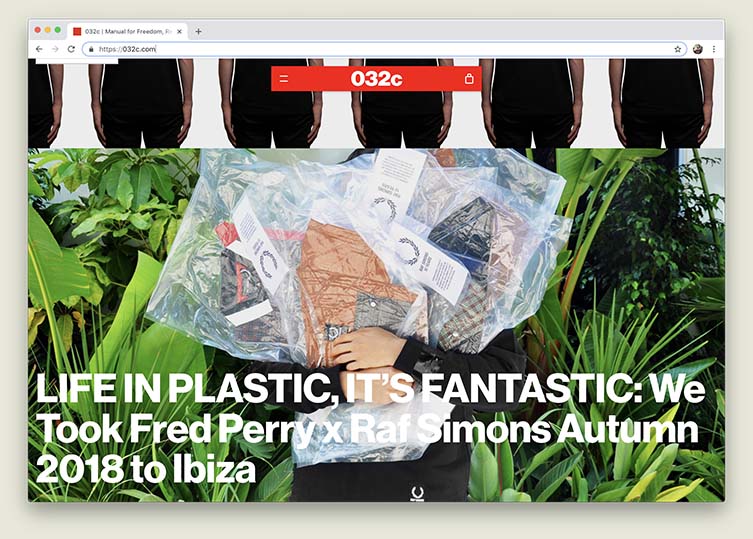
032c.com
A breed of disobedient designers are redefining the art of web design by bucking the visual conformity that has oversaturated our digital age—whether it is harnessing the avant garde approach of web design brutalism, the tongue-in-cheek throwbacks to the disagreeable design of the mid-1990s, or using the latest technologies to bring the progressive aesthetics of high-end fashion magazines to life, there are pioneers ready to bring a new visual language to the world wide web.
Be it culturally-engaged design brands or experimental musicians, simply creating a free web store or the birth of another personal blog, designers are taking notions of creativity to a whole new level. It is vital to create a sense of bespoke branding that will be memorable long after the visitor has left the page, to consider a human audience as opposed to a search engine. Sure, we want to provide a website that is easy to navigate, but too there should be an emotional, human connection that extends beyond homogenisation.
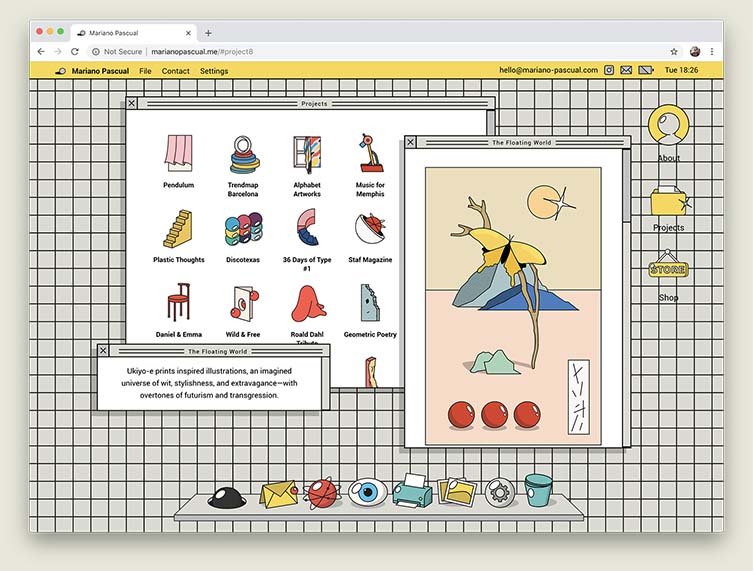
marianopascual.me
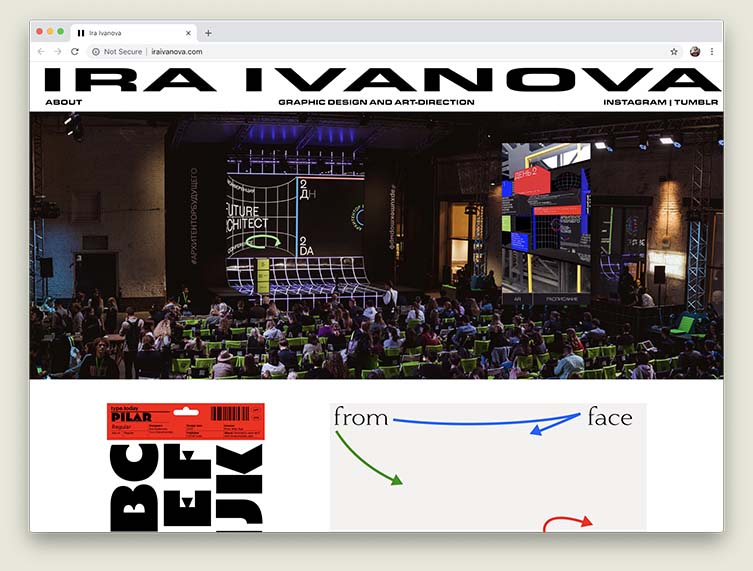
iraivanova.com
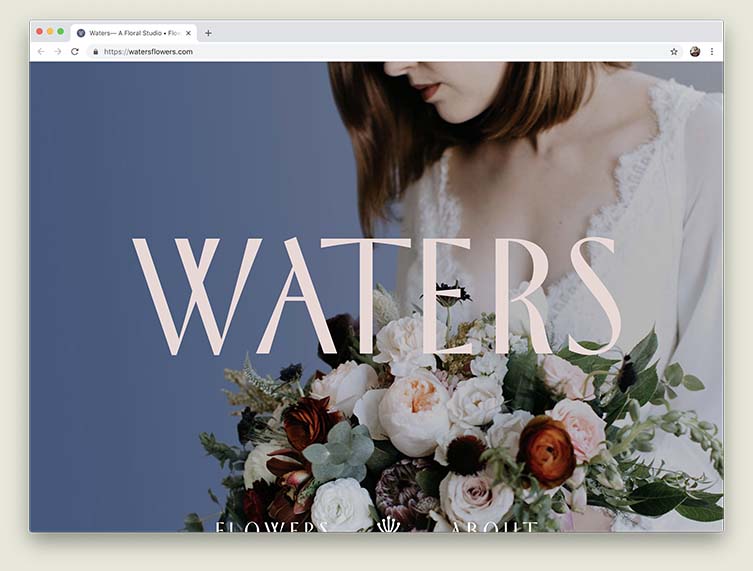
watersflowers.com
Gone should be the days of superfluous ‘fluff’ and annoying pop-up banner advertisements. Websites should exhibit what can only be called an ‘organic feel’, and many have embraced a minimalist appeal. If we think about it for a moment, this actually makes a great deal of sense.
Websites can be thought of as art galleries to an extent. These venues are intended to solely focus upon the art contained within their walls. Thus, there are very few additional distractions. This draws the attention of the visitor to the talents of the creators themselves. Unsurprisingly, such a concept has not been lost within the online community. Equally, the rise and rise of high-concept, design-heavy independent magazines has moved a bold, contemporary aesthetic closer to the mainstream.
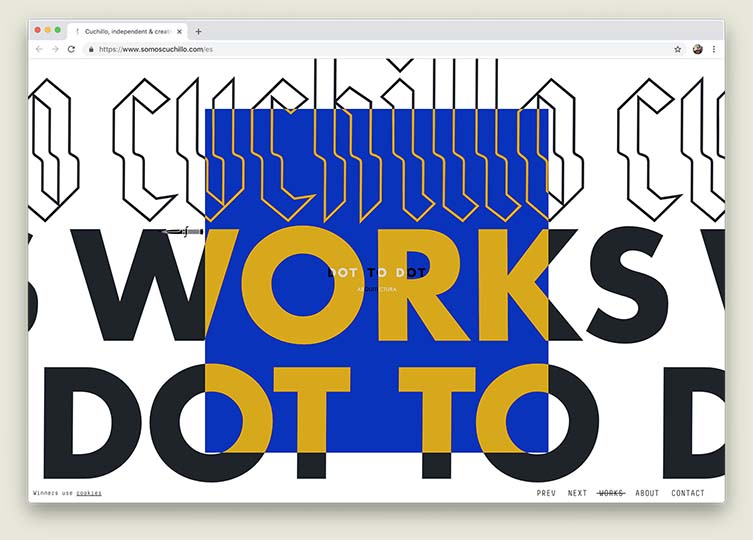
somoscuchillo.com
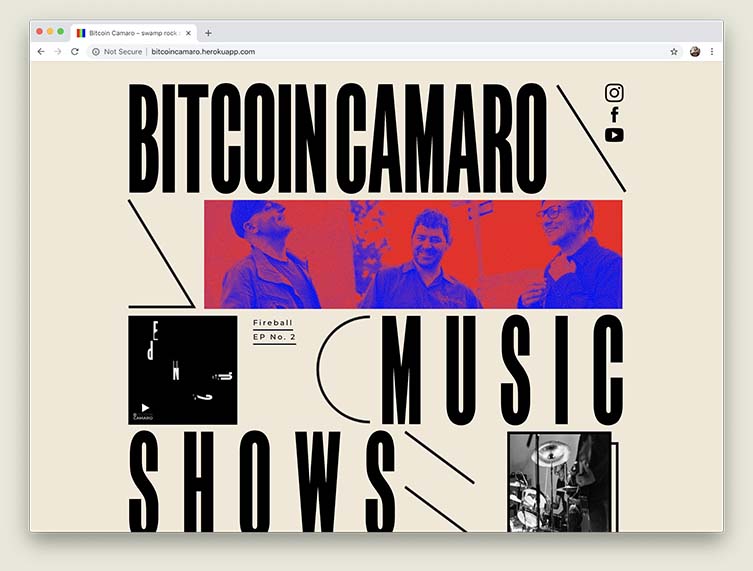
bitcoincamaro.herokuapp.com
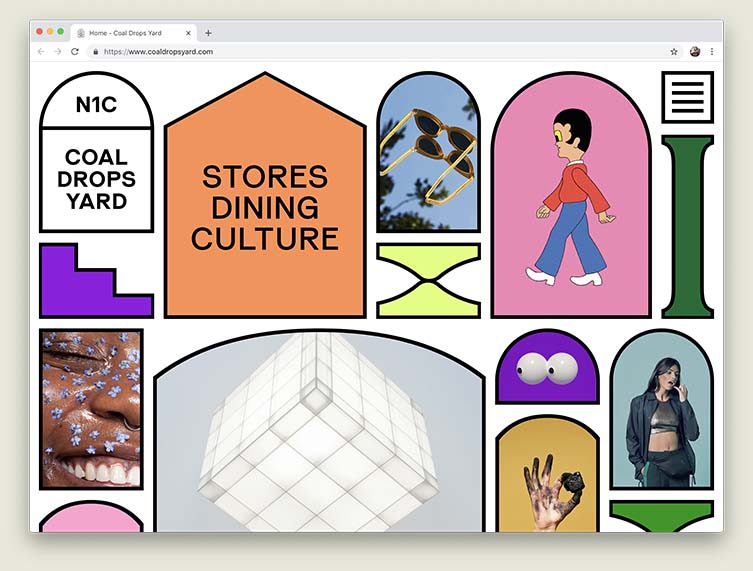
coaldropsyard.com
While there is no doubt that these modern websites boast major visual impact, the real question involves what we can expect in the future. What is next for the art of web design? The latest trends in technology involve artificial intelligence and augmented reality. Both of these are meant to provide the visitor with a more personalised experience, and they can likewise showcase products in a three-dimensional virtual perspective. If the mould of visual conformity that has gripped the world of web design cannot be broken now, how can this new dawn of hyper-visual technology be enjoyed to its greatest potential.
And how can we inspire the DIY creations of tomorrow? We have begun to witness the rise of do-it-yourself website design thanks to the presence of professional e-commerce providers such as Shopify. These systems provide even novices with a host of advanced tools so that they are able to create the portal of their dreams. If their only inspiration is content-driven, generic templates, how can we expect boundaries to be broken in web design? With possibilities that now border on the limitless, it is no wonder that the websites expected in 2019 will represent polar opposites of those associated with the decade prior. Not only does the future look bright, but altogether more beautiful.
